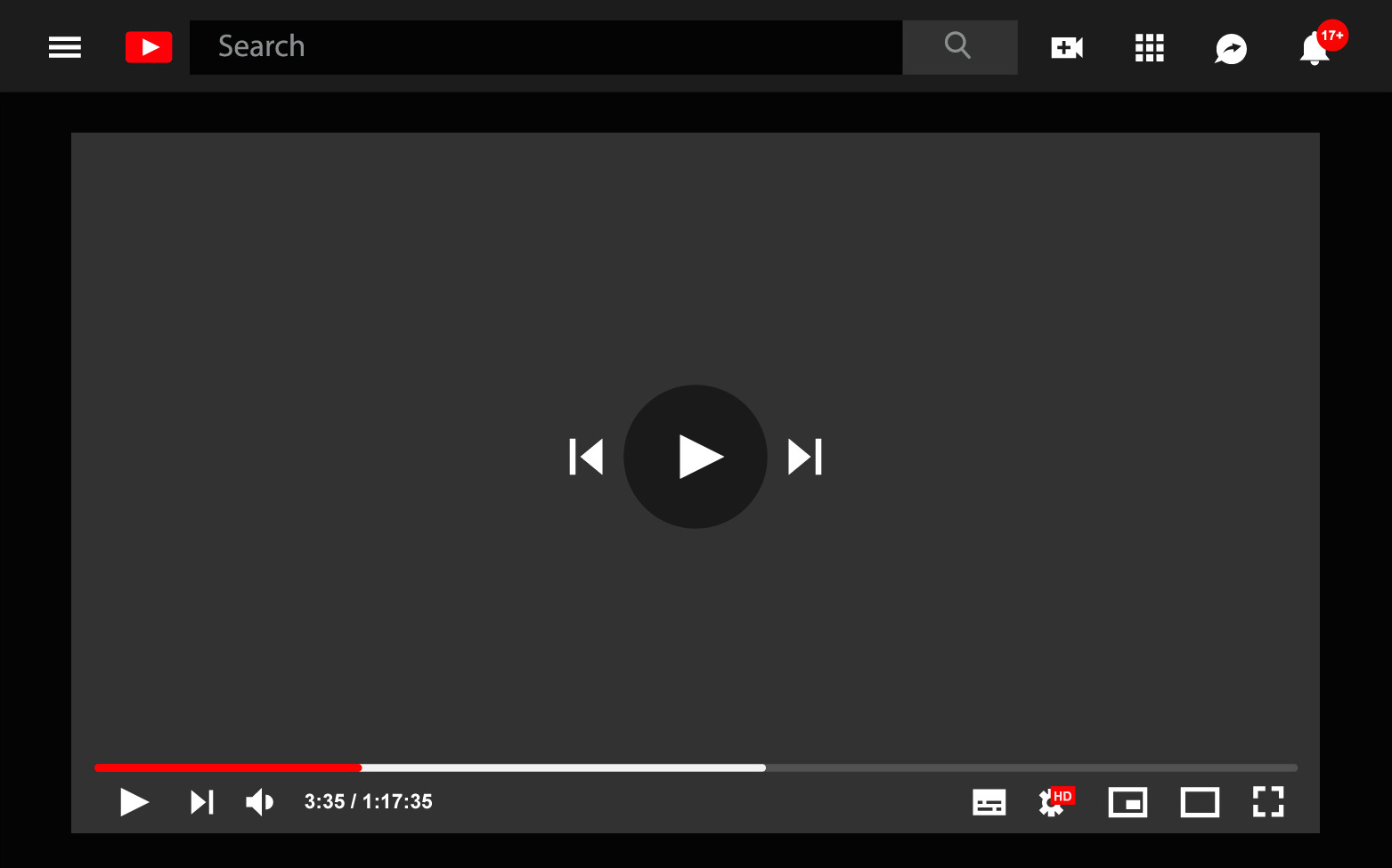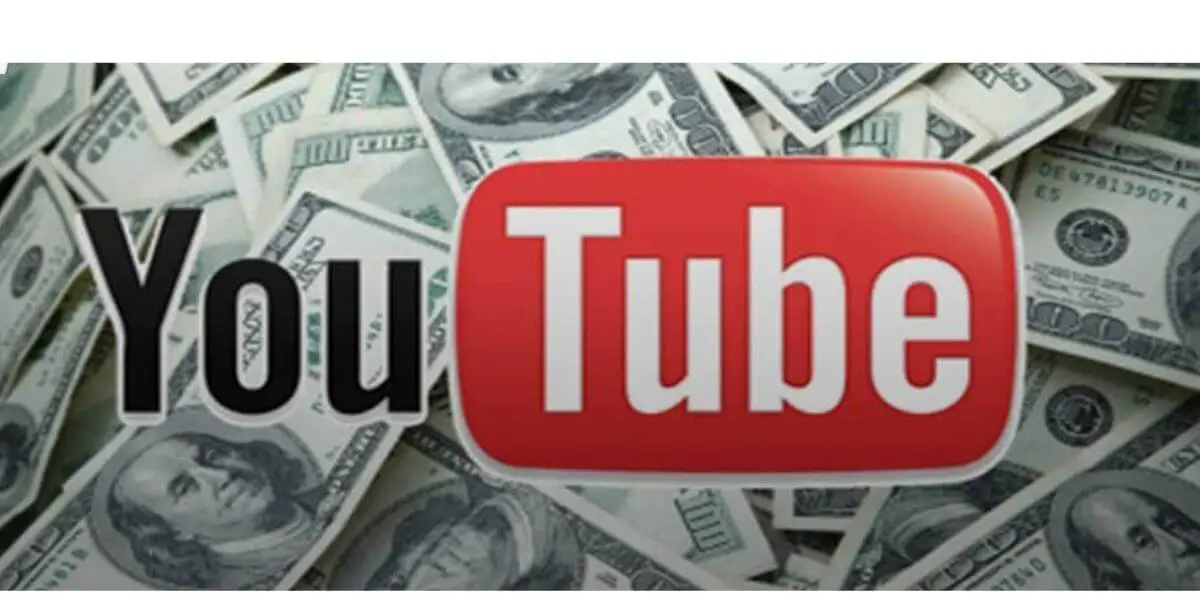Understanding YouTube’s Partner Program Requirements
To monetize your YouTube channel, you need to meet the requirements set by YouTube’s Partner Program (YPP). The YPP is a program that allows creators to monetize their videos through ads, sponsorships, and merchandise sales. To be eligible for the YPP, your channel must have at least 1,000 subscribers and 4,000 watch hours in the past 12 months. These requirements are in place to ensure that creators have a sizable and engaged audience, which is attractive to advertisers.
In addition to the subscriber and watch hour requirements, your channel must also comply with YouTube’s community guidelines and terms of service. This means that your content must be suitable for all audiences, and you must not engage in any behavior that could be considered spamming or manipulating the system.
Meeting the requirements to get paid on YouTube is just the first step. Once you’ve been accepted into the YPP, you’ll need to set up your channel for monetization, which includes enabling monetization, setting up AdSense, and choosing revenue-sharing options. You’ll also need to understand how YouTube’s ad revenue sharing model works, including the split between creators and YouTube, and how ad revenue is calculated.
It’s worth noting that the requirements to get paid on YouTube are subject to change, so it’s essential to stay up-to-date with the latest policies and guidelines. You can find more information on the YouTube Creator Academy website, which provides a wealth of resources and tutorials on how to grow your channel and increase your earnings.
By meeting the requirements to get paid on YouTube and following the guidelines outlined above, you can start earning money from your videos and building a successful career as a YouTube creator. Remember to always keep your audience in mind and create high-quality content that resonates with them.
Building a Loyal Audience: Strategies for Growth
Creating high-quality, engaging content is crucial to building a loyal audience on YouTube. To increase viewership and encourage audience interaction, focus on developing a content strategy that resonates with your target audience. This can include creating content that is informative, entertaining, or inspirational, depending on your niche or topic.
One effective way to promote your channel and increase viewership is to optimize your video titles, descriptions, and tags. This will help your videos appear in search results and attract more views. Additionally, use eye-catching thumbnails that accurately represent your content and grab the viewer’s attention.
Another key strategy for building a loyal audience is to engage with your viewers through comments and social media. Respond to comments and questions in a timely and personalized manner, and use social media platforms to promote your channel and interact with your audience. This will help build a sense of community and encourage viewers to return to your channel.
Consistency is also essential for building a loyal audience. Regularly upload high-quality content to keep your viewers engaged and coming back for more. Use a content calendar to plan and schedule your content in advance, and consider using a consistent format or theme to make your content more recognizable and engaging.
Finally, collaborate with other creators or influencers in your niche to reach a wider audience and build relationships with other creators. This can include guest appearances, joint videos, or even hosting a live stream together. By building a loyal audience and creating high-quality content, you can increase your chances of meeting the requirements to get paid on YouTube and building a successful career as a YouTube creator.
Some popular strategies for building a loyal audience on YouTube include:
- Creating a series of videos that tell a story or showcase a particular theme
- Using humor or entertainment to engage viewers and make your content more shareable
- Providing valuable information or insights that educate or inform viewers
- Using social media to promote your channel and interact with your audience
- Collaborating with other creators or influencers to reach a wider audience
Meeting YouTube’s Community Guidelines and Terms of Service
Adhering to YouTube’s community guidelines and terms of service is crucial to maintaining a healthy and successful channel. Failure to comply with these guidelines can result in account suspension or termination, which can have serious consequences for your online presence and reputation.
YouTube’s community guidelines outline the types of content that are prohibited or restricted on the platform. This includes content that is violent, harassing, or hate speech, as well as content that is explicit or contains nudity. Additionally, YouTube prohibits content that is misleading or deceptive, such as fake news or scams.
It’s essential to carefully review YouTube’s community guidelines and terms of service to ensure that your content complies with these rules. This includes understanding the types of content that are allowed and prohibited, as well as the consequences of violating these guidelines.
Some common mistakes that can result in account suspension or termination include:
- Uploading copyrighted content without permission
- Using hate speech or harassment in comments or videos
- Posting explicit or nude content
- Engaging in spamming or manipulating the system
- Violating YouTube’s terms of service or community guidelines
By understanding and adhering to YouTube’s community guidelines and terms of service, you can avoid account suspension or termination and maintain a healthy and successful channel. This is an essential step in meeting the requirements to get paid on YouTube and building a successful career as a YouTube creator.
It’s also important to note that YouTube’s community guidelines and terms of service are subject to change, so it’s essential to stay up-to-date with the latest policies and guidelines. You can find more information on YouTube’s community guidelines and terms of service on the YouTube website.
Setting Up Your Channel for Monetization
Once you’ve met the requirements to get paid on YouTube, it’s time to set up your channel for monetization. This involves enabling monetization, setting up AdSense, and choosing revenue-sharing options.
To enable monetization, follow these steps:
- Sign in to your YouTube account and navigate to the Monetization tab
- Click on the “Enable Monetization” button
- Review and agree to YouTube’s terms of service and community guidelines
- Set up your AdSense account and link it to your YouTube account
Setting up AdSense is a crucial step in monetizing your YouTube channel. AdSense is a program that allows you to earn money from ads displayed on your videos. To set up AdSense, follow these steps:
- Sign in to your Google account and navigate to the AdSense website
- Click on the “Sign up” button and follow the prompts to create an AdSense account
- Link your AdSense account to your YouTube account
Once you’ve set up AdSense, you’ll need to choose revenue-sharing options. YouTube offers a variety of revenue-sharing options, including:
- Ad revenue sharing: Earn money from ads displayed on your videos
- Sponsorships: Partner with brands to promote their products or services in your videos
- Merchandise sales: Sell merchandise, such as t-shirts or hats, to your audience
- Affiliate marketing: Earn commissions by promoting products or services from other companies
By setting up your channel for monetization and choosing revenue-sharing options, you can start earning money from your YouTube channel. Remember to always follow YouTube’s community guidelines and terms of service to avoid account suspension or termination.
Understanding YouTube’s Ad Revenue Sharing Model
YouTube’s ad revenue sharing model is a crucial aspect of monetizing your channel. To understand how it works, it’s essential to know the split between creators and YouTube. Currently, YouTube takes a 45% share of ad revenue, while creators receive 55%.
Ad revenue is calculated based on the number of views and clicks on ads displayed on your videos. The amount of money you earn from ads depends on several factors, including:
- Ad type: Different types of ads, such as display ads, video ads, and sponsored cards, have varying revenue rates.
- Ad placement: Ads displayed on your videos, as well as on YouTube’s homepage and other pages, can earn different amounts of revenue.
- Viewership: The number of views and engagement on your videos can impact ad revenue.
- Advertiser demand: The demand for ad space on YouTube can fluctuate, affecting ad revenue rates.
To maximize ad revenue, focus on creating high-quality, engaging content that resonates with your target audience. This can include:
- Using attention-grabbing thumbnails and titles to increase click-through rates
- Optimizing video descriptions and tags to improve video visibility
- Encouraging audience engagement through comments and social media
- Utilizing YouTube Analytics to track earnings and refine your content strategy
By understanding YouTube’s ad revenue sharing model and optimizing your content for maximum earnings, you can increase your revenue potential and achieve the requirements to get paid on YouTube.
Additional Ways to Earn Money on YouTube
While AdSense is a primary source of income for many YouTubers, it’s not the only way to monetize a channel. Creators can explore alternative revenue streams to diversify their income and increase their earnings. Understanding the requirements to get paid on YouTube is crucial, but it’s equally important to think beyond AdSense.
Sponsorships and product placements are a popular way for creators to earn money on YouTube. Brands partner with popular channels to reach their target audience, and creators can earn a significant amount of money by promoting products or services in their videos. To attract sponsors, creators should focus on building a loyal and engaged audience, as well as creating high-quality content that resonates with their viewers.
Merchandise sales are another way for creators to earn money on YouTube. By selling branded merchandise, such as t-shirts, hats, or other products, creators can earn a passive income stream. To succeed in merchandise sales, creators should focus on building a strong brand identity and creating products that appeal to their audience.
Affiliate marketing is a third way for creators to earn money on YouTube. By promoting products or services from other companies and including affiliate links in their videos or video descriptions, creators can earn a commission on sales. To succeed in affiliate marketing, creators should focus on promoting products that align with their audience’s interests and needs.
Some successful creators have leveraged these strategies to earn significant amounts of money on YouTube. For example, beauty vloggers often partner with cosmetics companies to promote products in their videos. Gaming channels often earn money through sponsorships and merchandise sales. By thinking creatively and exploring alternative revenue streams, creators can increase their earnings and build a sustainable business on YouTube.
It’s worth noting that YouTube’s requirements to get paid on the platform are still essential, even for creators who explore alternative revenue streams. Creators must still meet YouTube’s monetization requirements, including having at least 1,000 subscribers and 4,000 watch hours in the past 12 months. However, by diversifying their income streams, creators can reduce their reliance on AdSense and build a more sustainable business on YouTube.
Optimizing Your Videos for Maximum Earnings
Once you’ve met the requirements to get paid on YouTube, it’s essential to optimize your videos to maximize your earnings. This involves crafting video titles, descriptions, and tags that accurately represent your content and appeal to your target audience. By doing so, you can increase your video’s visibility, engagement, and ultimately, your earnings.
Video titles are a crucial element in optimizing your videos for maximum earnings. A well-crafted title should be attention-grabbing, informative, and concise. It should also include relevant keywords that your target audience is searching for. For example, if you’re creating a video about “how to make money on YouTube,” your title could be “How to Make Money on YouTube: A Step-by-Step Guide.” This title includes the relevant keywords and provides a clear idea of what the video is about.
Video descriptions are another essential element in optimizing your videos. A good description should provide more information about the video, including a brief summary, relevant links, and a call-to-action. It should also include relevant keywords to help your video rank higher in search results. For example, if you’re creating a video about “YouTube monetization strategies,” your description could include a brief summary of the video, a link to a relevant article, and a call-to-action to subscribe to your channel.
Video tags are also important in optimizing your videos. Tags help YouTube understand the content of your video and make it more discoverable. You should include relevant keywords as tags, but avoid over-tagging, as this can be seen as spammy. For example, if you’re creating a video about “YouTube SEO,” your tags could include “YouTube SEO,” “video optimization,” and “search engine optimization.”
Thumbnail quality is also crucial in optimizing your videos. A high-quality thumbnail can increase your video’s click-through rate and engagement. It should be visually appealing, relevant to the content, and include text overlays to highlight the main topic of the video. For example, if you’re creating a video about “how to make money on YouTube,” your thumbnail could include a screenshot of a YouTube video with a text overlay that reads “Make Money on YouTube.”
Click-through rates (CTRs) are also an essential metric to track when optimizing your videos. CTRs measure the percentage of viewers who click on your video after seeing the thumbnail and title. A high CTR indicates that your title and thumbnail are effective in grabbing the viewer’s attention. You can track your CTRs using YouTube Analytics and adjust your title and thumbnail accordingly.
By optimizing your video titles, descriptions, tags, and thumbnails, you can increase your video’s visibility, engagement, and earnings. Remember to always follow YouTube’s community guidelines and terms of service to avoid account suspension or termination. By meeting the requirements to get paid on YouTube and optimizing your videos, you can build a successful and profitable YouTube channel.
Tracking Your Earnings and Analytics on YouTube
To maximize your earnings on YouTube, it’s essential to track your earnings and analytics regularly. YouTube Analytics provides a wealth of information about your channel’s performance, including earnings, viewership, engagement, and audience demographics. By understanding your analytics, you can refine your content strategy, increase your earnings, and meet the requirements to get paid on YouTube.
To access YouTube Analytics, sign in to your YouTube account and navigate to the YouTube Studio. From there, click on the “Analytics” tab to view your channel’s performance data. The Analytics dashboard provides an overview of your channel’s earnings, including estimated earnings, ad revenue, and YouTube Premium revenue.
The “Earnings” tab provides a detailed breakdown of your channel’s earnings, including the number of views, clicks, and earnings per 1,000 views. This data can help you understand which videos are generating the most revenue and adjust your content strategy accordingly. For example, if you notice that a particular video is generating a high number of views and clicks, you may want to create more content on that topic.
The “Audience” tab provides information about your channel’s audience demographics, including age, gender, location, and interests. This data can help you understand who your target audience is and create content that resonates with them. For example, if you notice that your audience is primarily composed of young adults, you may want to create content that is relevant to that age group.
The “Engagement” tab provides information about how viewers are interacting with your content, including likes, dislikes, comments, and shares. This data can help you understand which types of content are resonating with your audience and adjust your content strategy accordingly. For example, if you notice that a particular video is generating a high number of likes and comments, you may want to create more content on that topic.
By regularly tracking your earnings and analytics on YouTube, you can gain valuable insights into your channel’s performance and adjust your content strategy to increase your earnings. Remember to always follow YouTube’s community guidelines and terms of service to avoid account suspension or termination. By meeting the requirements to get paid on YouTube and tracking your analytics, you can build a successful and profitable YouTube channel.
In addition to tracking your earnings and analytics, it’s also essential to stay up-to-date with the latest YouTube trends and algorithm changes. This can help you stay ahead of the competition and adjust your content strategy to maximize your earnings. By combining your analytics data with your knowledge of YouTube trends and algorithm changes, you can create a winning content strategy that drives earnings and growth.







